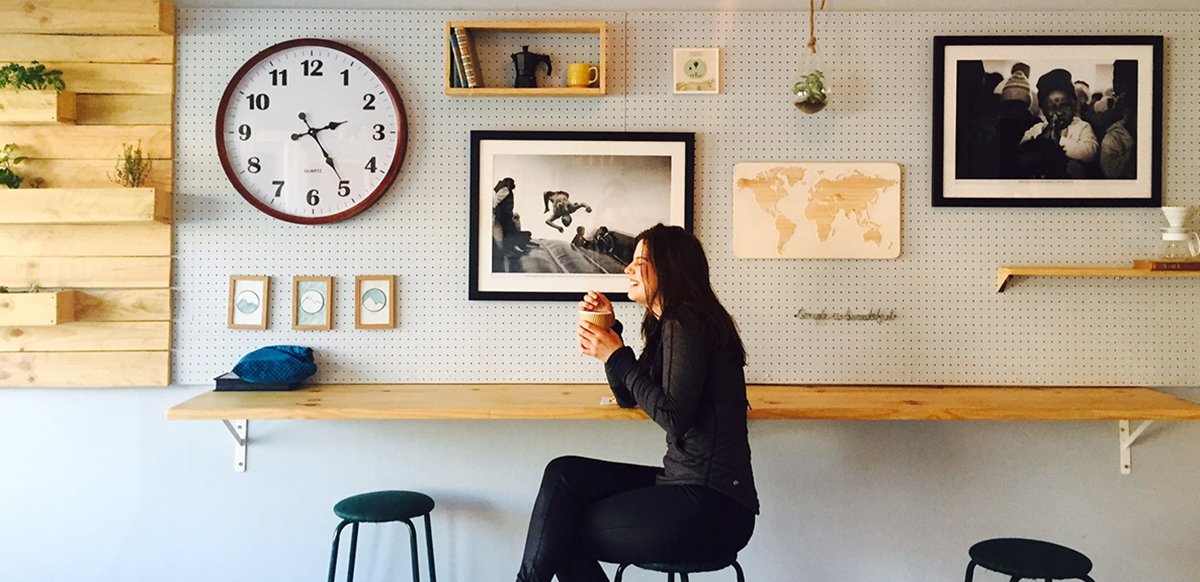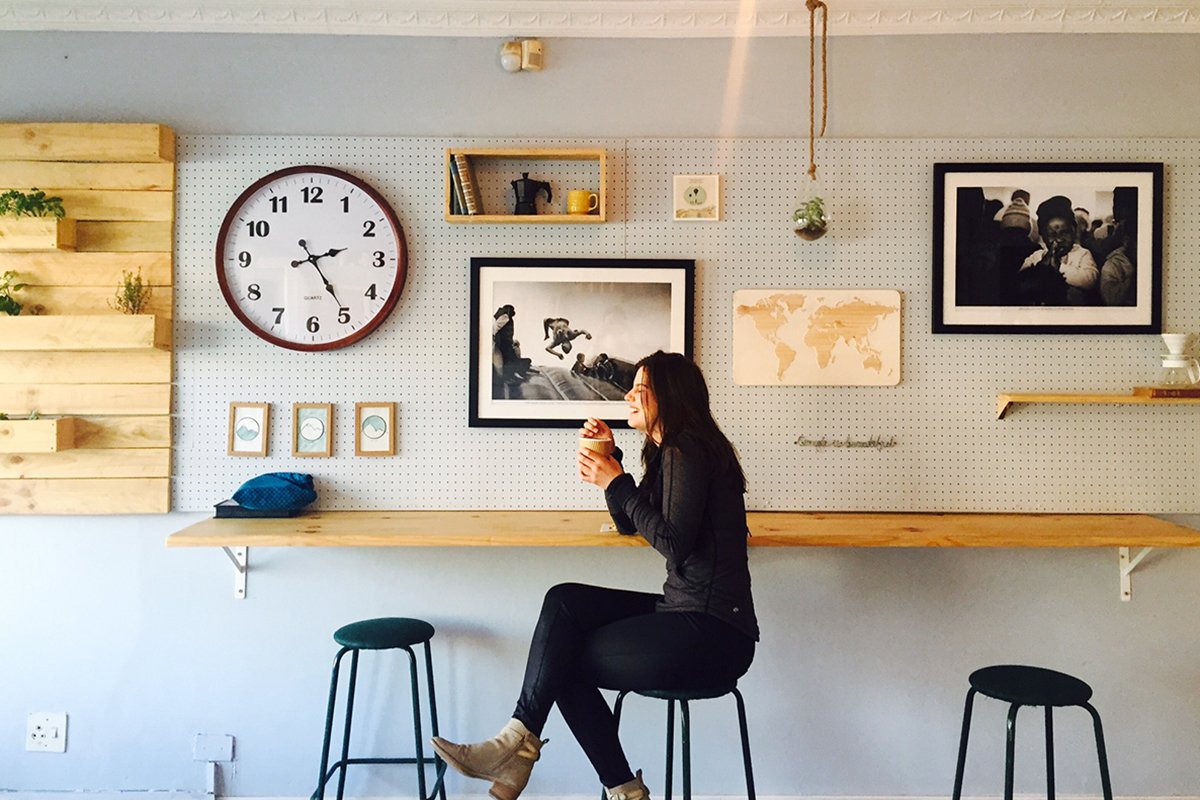
Visual merchandising is the placement and presentation of merchandise around a store. Each industry and brand has its own best practices for creative visual merchandising. Some stores go for a minimalist approach where a few key items are highlighted, while other brands want to pack the shelves with possibility.
To get an idea for how brands handle visual merchandising, walk through the mall and peek into various stores. Notice how Bath and Body Works or Express draw your eye to a few specific displays and compare this to the endless rows at TJ Maxx and Rack Room Shoes. Consider how an antique store packs dozens of treasures closely together, while the Apple store seems to only have one or two items.
While the concept of visual merchandising might seem complex at first, it’s fairly easy to master once you align your product displays with your brand goals.
Use these five tips for visual merchandising to adjust the layout of your store to better appeal to customers and boost sales.
Use Color to Define Your Space
If you ask any retailer, merchandiser, or designer about visual merchandising, they will tell you that color is king.
Colors make customers feel certain ways and draw their eyes into various parts of your store. Let’s look at the Apple Store example again. You can identify their store from across the mall because they are known for their clear glass against stark white and silver. As you enter the store, your eyes are drawn to splashes of color in their ads attracting you to their merchandise.
Color helps with branding and in-store marketing while guiding shoppers through the buying experience.
Look at your store and see which colors grab your attention. Do the colors contrast to make your merchandise stand out? Does your top merchandise get lost behind other, more brightly colored products? Consider the goals of your business and make sure you adjust your merchandise so your colors guide your sales, rather than confusing customers or overwhelming them.
Create Focal Points Around Your Store
Oftentimes, retailers use color to direct customer attention to various focal points. These are the locations in the store where the items that catch your eye and make you want to buy.
You see this expressed in movies and TV all the time: the crowds part in the mall and the protagonist sees a perfect pair of shoes bathed in golden light on a pedestal. Within most shopping malls and retail locations, the focal points are found at the front of the store, with mannequins rocking the latest fashions.
However, you will likely have multiple focal points in your space. The front of your store might be your “hero” point, but you can also set up focal points in each department, nook, or room in your store. Use special lighting or eye-catching digital signage to pull customers toward the most important sections of your store.
For most retailers, visual merchandising is intuitive. You can walk through your store and see where your eyes fall. If you are worried about bias or want second and third opinions, ask other people to tell you where their eye goes and what they see.
Show Customers as Much Merchandise as Possible
There’s a strategy to TJ Maxx displaying all of their merchandise upfront or Rack Room Shoes keeping all of the sizes and colors on the sales floor.
The more items you have, the likelier you are to have something that your customers want.
This is why most people turn to Amazon, Walmart, or Target when they need obscure items. The odds that those companies have what they need is incredibly high because of their millions of SKUs. This isn’t to say that specialty retailers aren’t important, but that you should find ways to display as much merchandise as you can to attract the attention of shoppers.
Tell a Story With Your Merchandise
We discussed earlier how you can use colors to convey information and make people feel certain ways about your brand. This is just one element of your storytelling process. Another part of the story are the focal points. What are people looking at? Why are you featuring certain products?
Sporting goods stores like Dick’s and Bass Pro Shops are great at storytelling with their merchandise. Their stories focus on camping adventures or sporting victories, and the people who have the right equipment for an enjoyable adventure. Jewelry stores also use their merchandise to tell stories about love, commitment, and affirmation.
Look at your showroom layout and merchandise and decide what story you want to tell with the items you have.
What audiences will look at which items? What is the “hero product” that you want to feature? You can use your story to improve your color scheme, focal points, and overall layout, creating one unified customer journey with visual merchandising.
Use Open Space as a Design Element
The fifth element of visual merchandising is open space. Those with a graphic design background will understand how open space can help accentuate your products and guide the eyes of your customers.
Some stores abhor open space and make it their goal to pack the stores with as much merchandise as possible. Other stores, like specialty retailers and furniture companies use open space to sell a lifestyle or draw customers in.
Open space is another element of your storytelling process. Sometimes what you don’t say is just as important as what you say, and the same can be said for your open spaces.
Use Visual Merchandising to Improve the Retail Customer Experience
Your visual merchandising process is meant to guide customers through the buying process so you can increase your sales, but it also creates a better experience for shoppers.
When you have a strategy for how people view your products and walk through your store, your customers don’t have to think about where to go. They can focus on your products without getting distracted by your store.
To identify more ways to improve your retail store, check out our comprehensive checklist for store owners. Use this checklist to audit your retail store and identify places where you can make changes to improve customer experience and use in-store marketing to boost sales.
